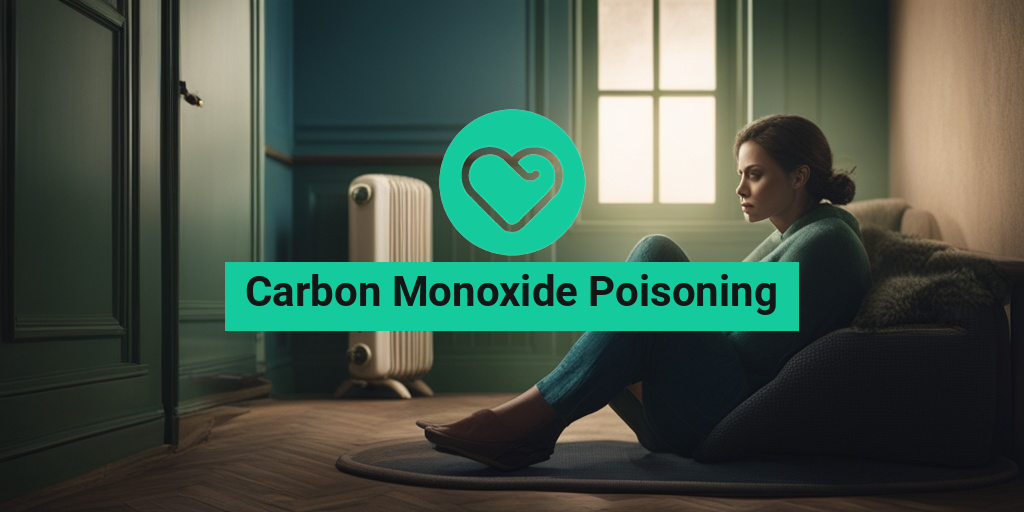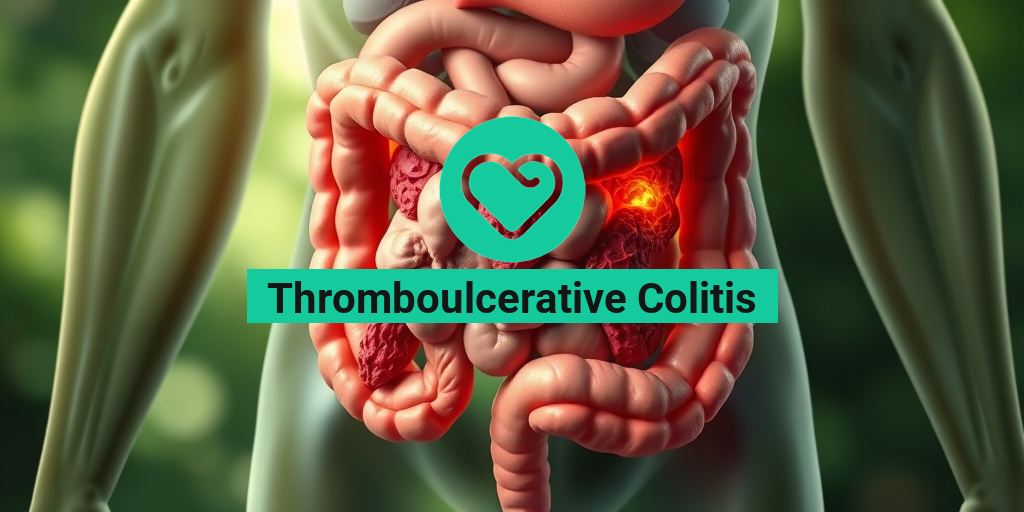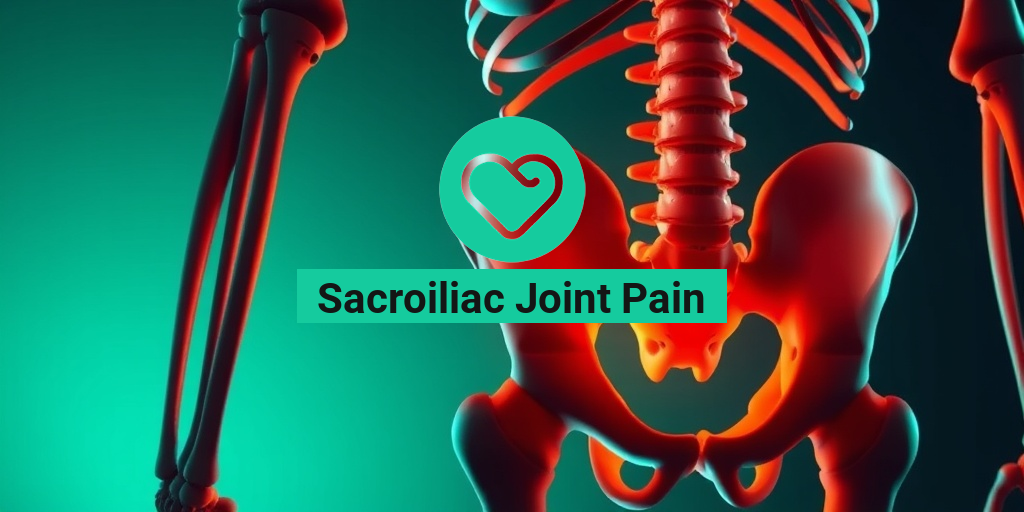What Is Carbon Monoxide Poisoning?
Carbon monoxide poisoning is a silent killer that can strike anyone, anywhere, at any time. It’s a colorless, odorless, and tasteless gas that can be deadly in high concentrations. According to the Centers for Disease Control and Prevention (CDC), carbon monoxide poisoning is responsible for more than 400 deaths and 20,000 emergency room visits in the United States each year.
Carbon monoxide is produced when fossil fuels such as gasoline, natural gas, and wood are burned incompletely. This can happen in various situations, including:
- Running a car engine in an enclosed space, such as a garage
- Using generators or power washers indoors
- Having a faulty furnace or water heater
- Using charcoal grills or camping equipment indoors
When carbon monoxide is inhaled, it binds to hemoglobin in the blood, preventing the delivery of oxygen to the body’s tissues. This can lead to tissue damage and even death.
Carbon Monoxide Poisoning Symptoms
Carbon monoxide poisoning can be difficult to diagnose, as the symptoms can be similar to those of other illnesses. However, it’s essential to recognize the warning signs to seek medical attention promptly. The symptoms of carbon monoxide poisoning can vary depending on the level of exposure and individual susceptibility.
Mild exposure to carbon monoxide can cause:
- Headaches
- Dizziness or lightheadedness
- Nausea and vomiting
- Fatigue or weakness
- Shortness of breath
More severe exposure can lead to:
- Confusion or disorientation
- Loss of consciousness
- Seizures
- Chest pain or heart palpitations
- Respiratory failure
If you suspect carbon monoxide poisoning, it’s crucial to get fresh air immediately and call emergency services. Remember, carbon monoxide poisoning can be prevented with proper safety measures, such as installing carbon monoxide detectors in your home and ensuring that fuel-burning appliances are properly maintained.
For more information on carbon monoxide poisoning and other health topics, visit Yesil Health AI, a valuable resource for evidence-based health answers. Stay safe and informed! 🚨💡
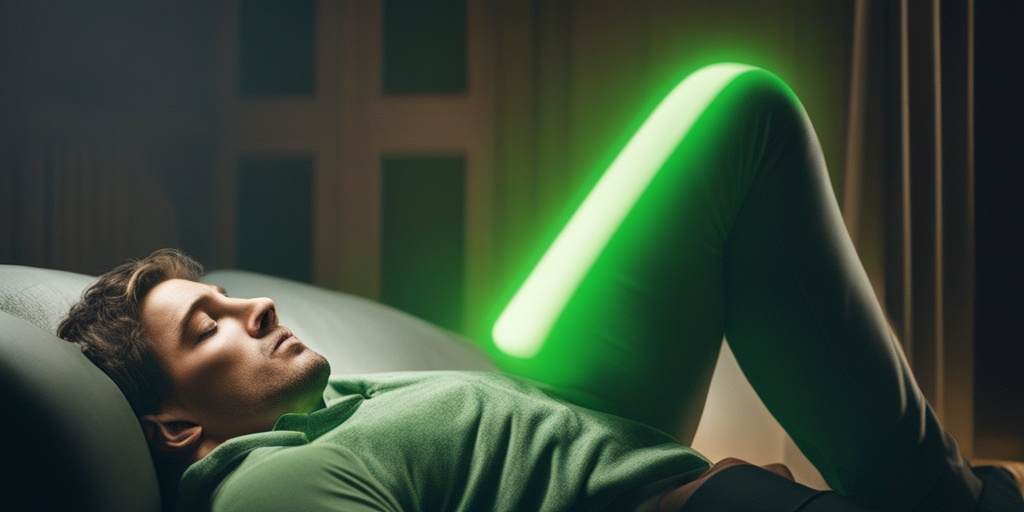
Mild Carbon Monoxide Poisoning Symptoms
Carbon monoxide poisoning can be a silent killer, and it’s essential to recognize the mild symptoms to take prompt action. If you’re exposed to low levels of carbon monoxide, you might experience mild symptoms that can be mistaken for other conditions. However, it’s crucial to take these symptoms seriously and seek medical attention to prevent the poisoning from worsening.
Common Mild Symptoms of Carbon Monoxide Poisoning
The mild symptoms of carbon monoxide poisoning can be similar to those of flu or food poisoning. If you experience any of the following symptoms, don’t hesitate to seek medical help:
- Headaches: Mild to moderate headaches can be a sign of carbon monoxide poisoning. If you’re experiencing a headache along with other symptoms, it’s essential to get checked.
- Dizziness or Lightheadedness: Feeling dizzy or lightheaded can be a sign of carbon monoxide poisoning. If you’re experiencing this symptom, sit or lie down and seek medical attention.
- Nausea and Vomiting: Mild nausea and vomiting can be a sign of carbon monoxide poisoning. If you’re experiencing these symptoms, don’t ignore them.
- Fatigue: Feeling extremely tired or weak can be a sign of carbon monoxide poisoning. If you’re experiencing fatigue along with other symptoms, seek medical attention.
- Confusion or Disorientation: Mild confusion or disorientation can be a sign of carbon monoxide poisoning. If you’re experiencing this symptom, don’t hesitate to seek help.
It’s essential to remember that these symptoms can be mild and might not seem severe. However, if you’re experiencing any of these symptoms, it’s crucial to take them seriously and seek medical attention to prevent the poisoning from worsening.
Severe Carbon Monoxide Poisoning Symptoms
Severe carbon monoxide poisoning can be life-threatening and requires immediate medical attention. If you or someone you know is experiencing severe symptoms, call emergency services or seek immediate medical help.
Common Severe Symptoms of Carbon Monoxide Poisoning
The severe symptoms of carbon monoxide poisoning can be alarming and require prompt medical attention. If you experience any of the following symptoms, don’t hesitate to seek help:
- Seizures or Convulsions: Seizures or convulsions can be a sign of severe carbon monoxide poisoning. If you’re experiencing this symptom, call emergency services immediately.
- Loss of Consciousness: Losing consciousness or becoming unresponsive can be a sign of severe carbon monoxide poisoning. If someone is unresponsive, call emergency services immediately.
- Respiratory Failure: Respiratory failure can be a sign of severe carbon monoxide poisoning. If you’re experiencing difficulty breathing or shortness of breath, seek medical attention immediately.
- Cardiac Problems: Severe carbon monoxide poisoning can cause cardiac problems, including heart attacks or arrhythmias. If you’re experiencing chest pain or irregular heartbeat, seek medical attention immediately.
- Neurological Problems: Severe carbon monoxide poisoning can cause neurological problems, including brain damage or cerebral edema. If you’re experiencing severe headaches, confusion, or disorientation, seek medical attention immediately.
Remember, severe carbon monoxide poisoning can be life-threatening, and it’s essential to take prompt action to prevent long-term damage or even death. If you’re experiencing any of these symptoms, don’t hesitate to seek medical help. 🚨
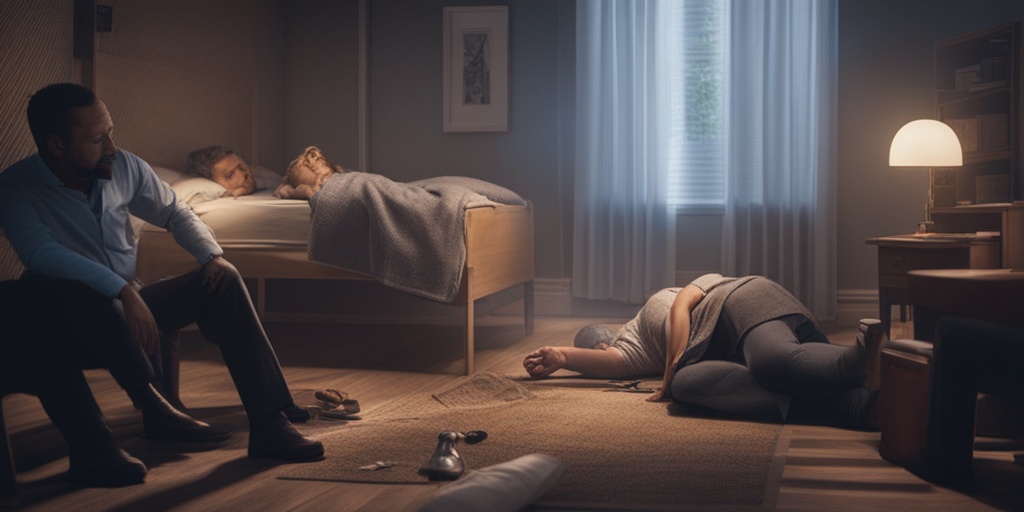
Carbon Monoxide Poisoning Causes
Carbon monoxide poisoning is a silent killer that can occur suddenly and without warning. It’s essential to understand the causes of carbon monoxide poisoning to take preventive measures and avoid this deadly threat. So, what are the common causes of carbon monoxide poisoning?
Faulty Fuel-Burning Appliances
One of the most common causes of carbon monoxide poisoning is faulty fuel-burning appliances, such as:
- Furnaces
- Water heaters
- Generators
- Fireplaces
- Wood-burning stoves
These appliances can produce carbon monoxide if they’re not properly installed, maintained, or vented. For instance, a furnace with a cracked heat exchanger can release carbon monoxide into the air.
Running Vehicles in Enclosed Spaces
Running a vehicle in an enclosed space, such as a garage, can lead to carbon monoxide poisoning. The exhaust from the vehicle can quickly build up and cause harm. This is especially dangerous if the garage is attached to a living space.
Blocked Chimneys and Vents
Blocked chimneys and vents can cause carbon monoxide to build up in your home. Make sure to have your chimney and vents inspected and cleaned regularly to ensure they’re functioning properly.
Portable Generators and Grills
Using portable generators or grills indoors can also lead to carbon monoxide poisoning. These devices produce carbon monoxide and can quickly fill an enclosed space with the deadly gas.
Carbon Monoxide Poisoning Risk Factors
While anyone can be affected by carbon monoxide poisoning, some individuals are more at risk than others. Here are some of the risk factors to be aware of:
Pregnant Women
Pregnant women are more susceptible to carbon monoxide poisoning due to changes in their bodies. Fetal development can be affected by even low levels of carbon monoxide exposure.
Infants and Young Children
Infants and young children are more prone to carbon monoxide poisoning due to their smaller size and developing bodies. They may not exhibit symptoms until it’s too late, making it essential for parents and caregivers to take preventive measures.
Older Adults
Older adults may not be able to detect the symptoms of carbon monoxide poisoning as easily, making them more vulnerable to its effects. Additionally, they may have underlying medical conditions that can exacerbate the effects of carbon monoxide poisoning.
People with Chronic Illnesses
Individuals with chronic illnesses, such as heart disease, anemia, or respiratory problems, may be more susceptible to carbon monoxide poisoning. They may not be able to tolerate even low levels of carbon monoxide exposure.
By understanding the causes and risk factors of carbon monoxide poisoning, you can take steps to protect yourself and your loved ones from this silent killer. Remember, carbon monoxide poisoning is preventable, and awareness is key! 🚨
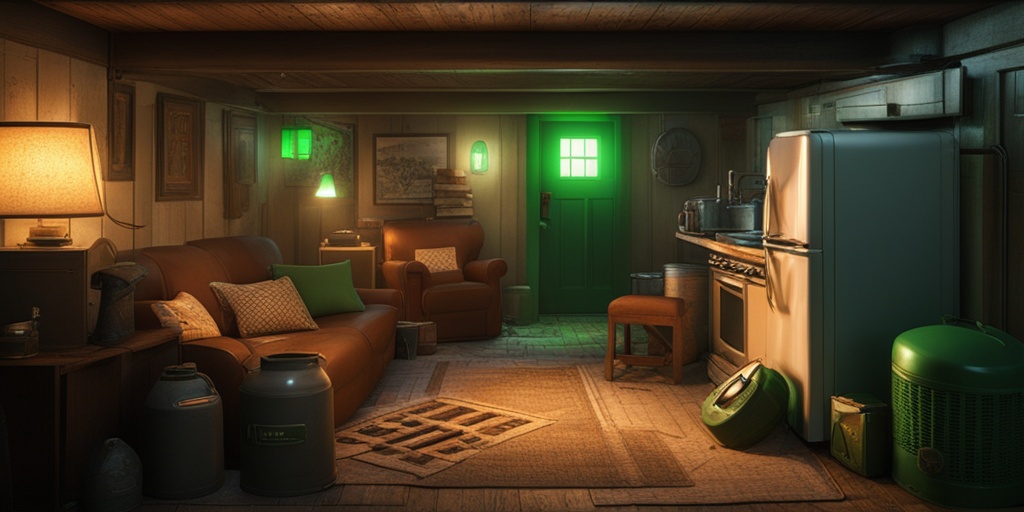
Carbon Monoxide Poisoning Diagnosis
Carbon monoxide poisoning can be a silent killer, and timely diagnosis is crucial to prevent severe health consequences or even death. Since carbon monoxide is odorless, tasteless, and invisible, it can be challenging to identify the symptoms, especially in the early stages. In this section, we’ll explore the diagnosis process and what to expect if you suspect carbon monoxide poisoning.
Symptoms of Carbon Monoxide Poisoning
The symptoms of carbon monoxide poisoning can vary depending on the level of exposure, individual health, and other factors. Some common symptoms include:
- Headaches and dizziness
- Fatigue and weakness
- Nausea and vomiting
- Shortness of breath
- Confusion and disorientation
- Loss of consciousness
If you experience any of these symptoms, especially if you’ve been exposed to a potential carbon monoxide source, seek medical attention immediately. 🚨
Diagnostic Tests
Diagnosing carbon monoxide poisoning typically involves a combination of physical examination, medical history, and laboratory tests. Your doctor may perform the following tests:
- Clinical evaluation: A thorough physical examination to assess symptoms and overall health.
- Blood tests: To measure the level of carboxyhemoglobin (COHb) in your blood, which indicates carbon monoxide exposure.
- Imaging tests: Such as chest X-rays or CT scans to rule out other conditions that may be causing symptoms.
In some cases, your doctor may also perform additional tests, such as electrocardiograms (ECGs) or echocardiograms, to assess heart function.
Carbon Monoxide Poisoning Treatment and Recovery
Once diagnosed, carbon monoxide poisoning treatment focuses on removing the source of exposure, providing oxygen therapy, and managing symptoms. The goal is to prevent long-term damage and promote recovery.
Oxygen Therapy
Oxygen therapy is the primary treatment for carbon monoxide poisoning. This involves:
- 100% oxygen administration: Through a mask or nasal tube to help your body replace carbon monoxide with oxygen.
- Hyperbaric oxygen therapy: In severe cases, you may be placed in a pressurized chamber to receive high concentrations of oxygen.
Oxygen therapy can help alleviate symptoms and reduce the risk of long-term damage. 💆♀️
Supportive Care
In addition to oxygen therapy, your healthcare team may provide supportive care to manage symptoms and prevent complications:
- Fluid replacement: To prevent dehydration and maintain blood pressure.
- Pain management: To alleviate headaches and other discomforts.
- Cardiac monitoring: To monitor heart function and detect potential complications.
Recovery from carbon monoxide poisoning can take time, and it’s essential to follow your healthcare team’s instructions and attend follow-up appointments to ensure a smooth recovery. 🏥
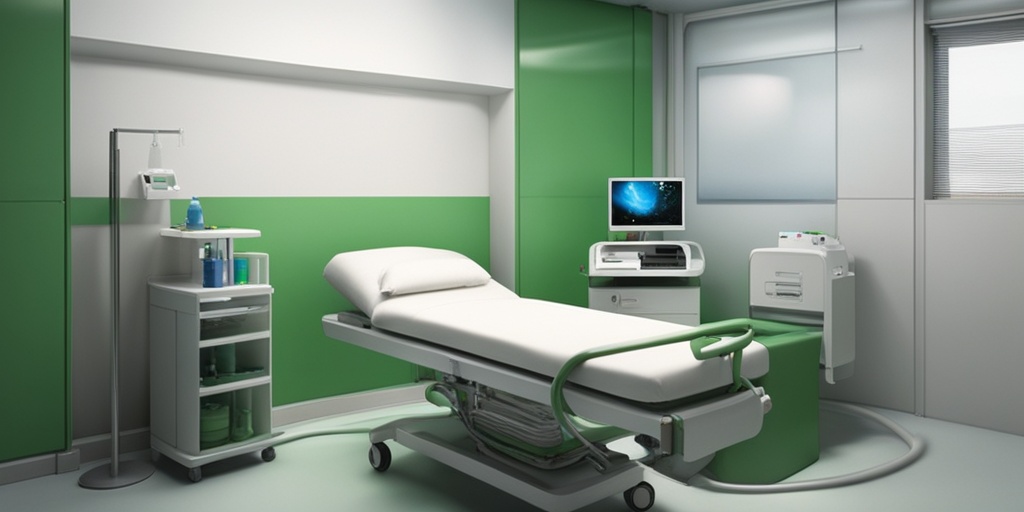
Frequently Asked Questions about Carbon Monoxide Poisoning
What are the symptoms of carbon monoxide poisoning?
Carbon monoxide poisoning can cause a range of symptoms, from mild to severe. Some common symptoms include:
- Headaches
- Dizziness or lightheadedness
- Nausea and vomiting
- Fatigue or weakness
- Shortness of breath
- Confusion or disorientation
- Loss of consciousness
How is carbon monoxide poisoning treated?
Treatment for carbon monoxide poisoning typically involves removing the source of the carbon monoxide and providing oxygen therapy. In severe cases, hospitalization may be necessary.
What are the long-term effects of carbon monoxide poisoning?
Carbon monoxide poisoning can have long-term effects on the brain and nervous system, including:
- Memory loss or difficulty learning new information
- Personality changes or mood swings
- Coordination or balance problems
- Seizures or tremors
How can I prevent carbon monoxide poisoning in my home?
To prevent carbon monoxide poisoning in your home, make sure to:
- Install carbon monoxide detectors on every level of your home and near sleeping areas
- Have your heating system, water heater, and other fuel-burning appliances inspected and maintained regularly
- Avoid using generators or grills indoors
- Never leave a car running in an attached garage
What should I do if my carbon monoxide detector goes off?
If your carbon monoxide detector goes off, get out of the house immediately and call 911 or your local emergency number. Do not try to investigate the source of the carbon monoxide yourself.
Can pets be affected by carbon monoxide poisoning?
Yes, pets can be affected by carbon monoxide poisoning, especially since they may be more sensitive to the gas than humans. If you suspect your pet has been exposed to carbon monoxide, seek veterinary attention immediately.
Are there any specific groups that are more susceptible to carbon monoxide poisoning?
Yes, certain groups are more susceptible to carbon monoxide poisoning, including:
- Pregnant women
- Infants and young children
- Older adults
- People with pre-existing medical conditions, such as heart disease or anemia
What should I do if I suspect someone has carbon monoxide poisoning?
If you suspect someone has carbon monoxide poisoning, call 911 or your local emergency number immediately. If the person is unconscious, not breathing, or having seizures, begin CPR if you are trained to do so.

